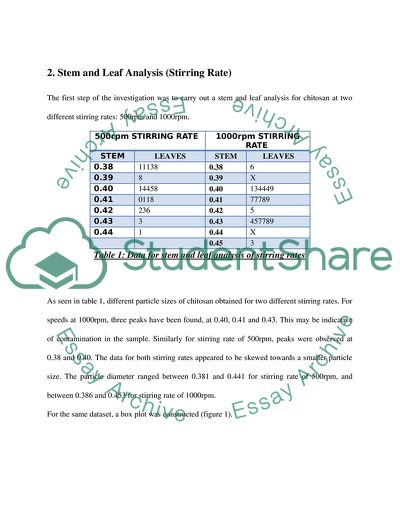Cite this document
(“Mini project Essay Example | Topics and Well Written Essays - 2500 words - 1”, n.d.)
Mini project Essay Example | Topics and Well Written Essays - 2500 words - 1. Retrieved from https://studentshare.org/statistics/1671015-mini-project
Mini project Essay Example | Topics and Well Written Essays - 2500 words - 1. Retrieved from https://studentshare.org/statistics/1671015-mini-project
(Mini Project Essay Example | Topics and Well Written Essays - 2500 Words - 1)
Mini Project Essay Example | Topics and Well Written Essays - 2500 Words - 1. https://studentshare.org/statistics/1671015-mini-project.
Mini Project Essay Example | Topics and Well Written Essays - 2500 Words - 1. https://studentshare.org/statistics/1671015-mini-project.
“Mini Project Essay Example | Topics and Well Written Essays - 2500 Words - 1”, n.d. https://studentshare.org/statistics/1671015-mini-project.


